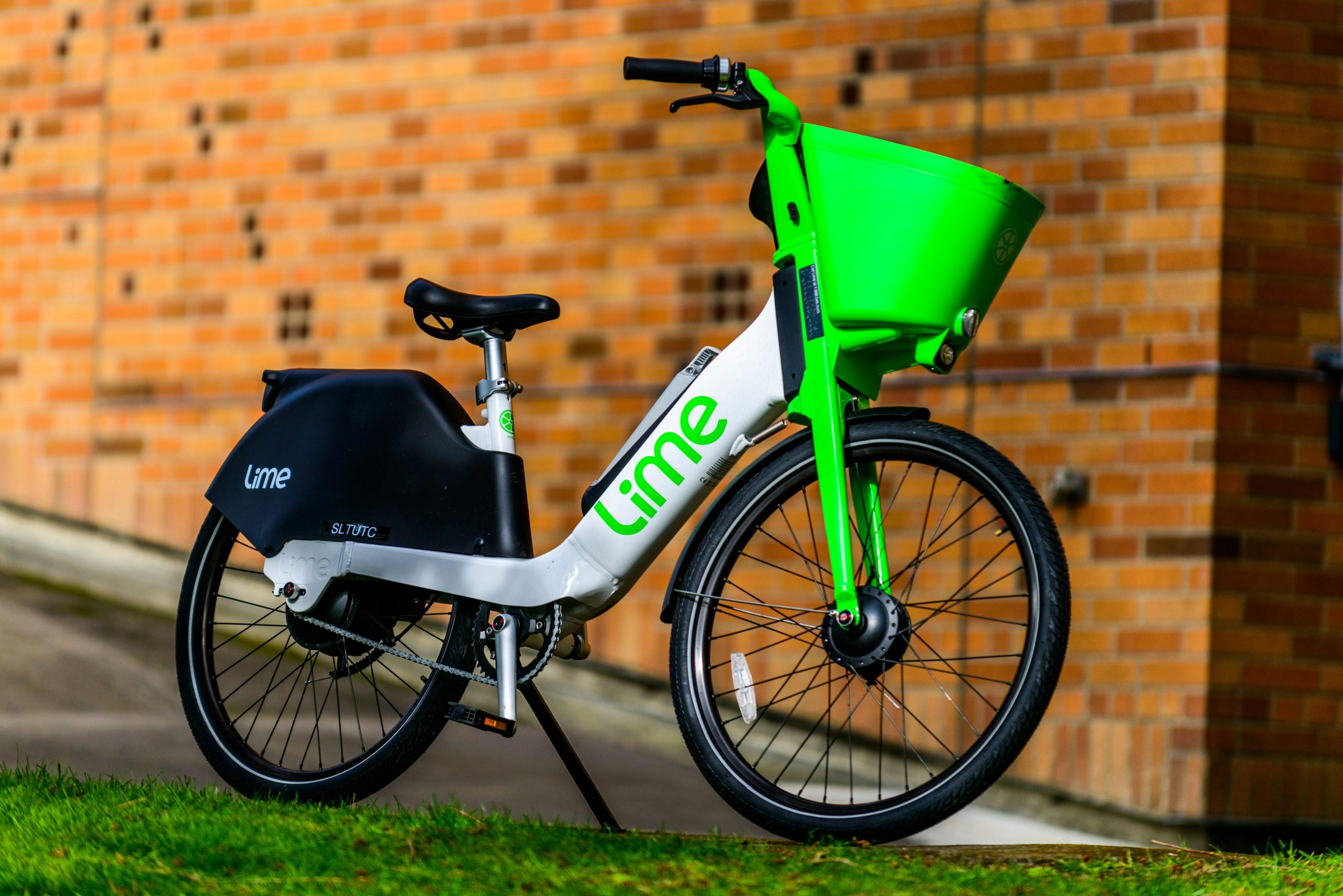Analyzing Lime Bike Incidents: Safety Concerns and Community Impact
In a recent article published by The Telegraph, Lime bikes—popular electric bicycles and scooters—were described with the colloquial phrase “Like bike leg,” highlighting their widespread presence and the challenges they pose. Since their introduction in the UK in 2018, Lime’s e-bikes and scooters have become a common sight in urban environments, with official reports indicating that over four million individuals have ridden these vehicles.
Incident Rates and Public Safety
While Lime promotes these rides as eco-friendly transportation options, safety concerns have emerged alongside their popularity. According to the Telegraph, Lime acknowledges that approximately 0.01% of their rides result in reported incidents. Considering that four million rides have taken place over approximately seven years, this percentage translates to an estimated 40,000 reported incidents—averaging about 5,700 per year.
Although these figures may seem modest in percentage terms, the absolute number raises questions about rider safety and the effectiveness of incident prevention measures. The high incidence count suggests that accidents involving Lime bikes are a significant issue for urban safety and community wellbeing.
Community Impact and Parking Challenges
Beyond safety, a common complaint from residents concerns the improper parking of Lime bikes and scooters. Locally, it is not unusual to see these devices blocking sidewalks, creating obstacles for pedestrians, including the elderly and those with mobility impairments. This problem emphasizes the need for better enforcement and user accountability.
While Lime promotes the environmental benefits of micromobility solutions—such as reducing car emissions and encouraging physical activity—the practical issues related to bike parking and user behavior cannot be overlooked. When the company fails to enforce proper parking protocols, it contributes to urban clutter and pedestrian hazards.
Conclusion and Recommendations
The presence of Lime bikes offers undeniable benefits in terms of sustainability and urban mobility. However, safety concerns and community disruptions associated with their use call for a review of current policies and practices. Lime and similar providers should implement stricter enforcement mechanisms to ensure bikes are parked appropriately and address safety issues more proactively.
Local authorities and community stakeholders also have a role in regulating the deployment of these devices, ensuring that public safety and urban aesthetics are maintained. Achieving a balanced approach will help maximize the benefits of micromobility solutions while minimizing their drawbacks.
Author’s Note: This analysis underscores the importance of responsible usage, effective regulation, and community awareness as cities continue to integrate innovative transportation solutions into their urban landscapes.

